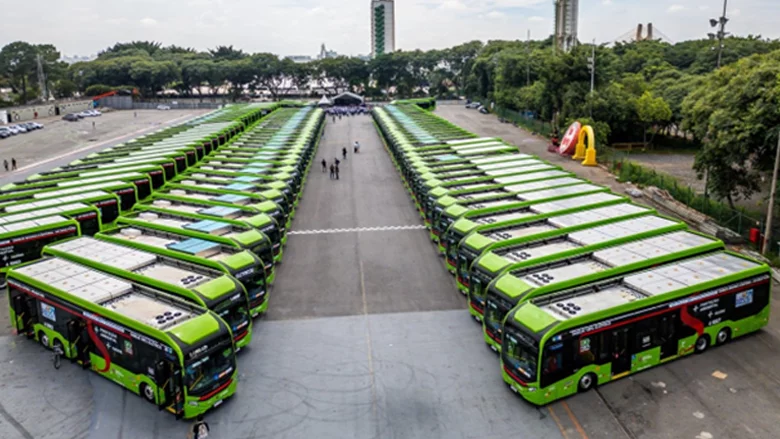Fare evasion is a problem in many public transport systems around the world and policies to reduce it are generally aimed at improving control and increasing fines. We use an econometric approach to attempt explaining the high levels of evasion in Santiago, Chile, and guide public policy formulation to reduce this problem. In particular, a negative binomial count regression model allowed us to find that fare evasion rates on buses increase as: (i) more people board (or alight) at a given bus door, (ii) more passengers board by a rear door, (iii) buses have higher occupancy levels (and more doors) and (iv) passengers experience longer headways. By controlling these variables (ceteris paribus), results indicate that evasion is greater during the afternoon and evening, but it is not clear that it is higher during peak hours. Regarding socioeconomic variables, we found that fare evasion at bus stops located in higher income areas (municipalities) is significantly lower than in more deprived areas. Finally, based on our results we identified five main methods to address evasion as alternatives to more dedicated fine enforcement or increased inspection; (i) increasing the bus fleet, (ii) improving the bus headway regularity, (iii) implementing off-board payment stations, (iv) changing the payment system on board and (v) changing the bus design (number of doors or capacity). Our model provides a powerful tool to predict the reduction of fare evasion due to the implementation of some of these five operational strategies, and can be applied to other bus public transport systems.











